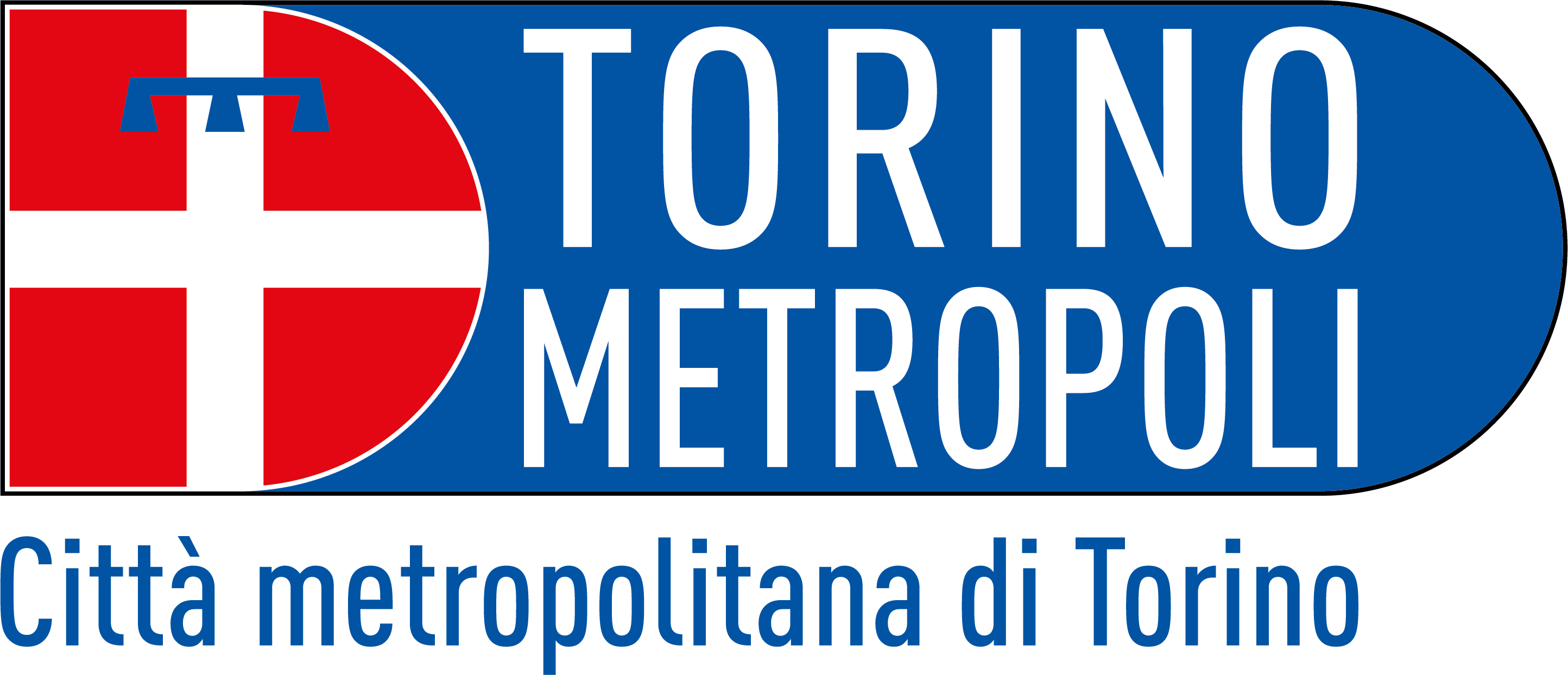As defined by the European food and safety authority-an institutional body aimed at protecting the food health of European citizens-microplastics are particles of plastic material less than 5 millimeters in diameter.
Based on their origin, microplastics can be divided into primary and secondary.
Primary microplastics:
- are found in various hygiene, cosmetics, household products and more;
- are released into the environment directly as particles;
- they are spread in marine environments, accounting for between 15 percent and 31 percent of all microplastics in the sea.
Secondary microplastics:
- are the result of the degradation process of larger plastic materials, such as tires, plastic bottles, synthetic garments or fishing nets;
- represent the largest amount of microplastics in the marine environment, ranging in percentages from 68 percent to 81 percent of the total.
One of the main issues is related to the fact that sewage purification filters are often unable to retain these small particles. For example,a study conducted on the recently invoiced Nosedo sewage treatment plant located in Milan revealed that the treatment plant is only able to retain 84% of the microplastics released by human activities. Moreover, the study shows that half of the microplastics retained by the purifierderived from polymers used in the production of synthetic fabrics.
The amount of microplastics is set to increase more and more: in 2017, the United Nations (UN) reported that there were 500 times more microplastics in the seas than there are stars in the galaxy.
However, microplastics are not only found in water. On the contrary, microplastics are also found in soil and air. This is confirmed by a study conducted by the Universities of Strathclyde in Scotland and of Orléans and Toulouse in France and EcoLab in Toulouse (Atmospheric transport and deposition of microplastics in a remote mountain catchment) found that even in sparsely populated mountain towns far from urban and industrial centers, huge streams of microplastics are deposited on soil and waterways "falling from the sky."
The presence of plastic particles could of repercussions on the welfare status of various animal species, including humans, that reach us through the food chain. What repercussions this has on health is still being debated and researched, however, it is known that plastics contain additives or other toxic chemicals that are potentially dangerous if ingested. In this regard, the World Wildlife Fund (WWF) commissioned a study from the University of Newcastle, Australia, titled "No Plastic in Nature: Assessing Plastic Ingestion from Nature to People" with the intent of finding out how many grams of microplastics humans accidentally ingest through their diets. The result is that, on average, we take in just under 5 grams per week, the equivalent of a credit card.
The European Union is mobilizing on several fronts to combat this phenomenon:
- through legislative initiatives, such as the Single-Use Plastics (SUP) Directive;
- from a logistical point of view, for example by pursuing a more efficient waste collection and disposal system;
- by encouraging technical and technological innovation, particularly by developing new filtration systems more capable of retaining microplastics.
Finally, it is important to note that there are individual good practices that can reduce the release of microplastics into the environment. In addition to not littering, virtuous actions of particular relevance are choosing clothing made of natural fibers and buying products that do not contain primary microplastics.
Read also:
Microplastic sources, effects and solutions (European Parliament)
Ridding our waters of plastic waste with jellyfish filters (CORDIS - EU Research results- European Commission)
Miliardi di pezzi di microplastica sfuggono ai depuratori (Repubblica.it)
Pericolo microplastiche nel Ticino (piemonteparchi.it)
Find microplastics in the air (Sistema Nazionale per la Protezione dell’Ambiente)
Read more:
How techonology helps us clean rivers and oceans from plastics (beata la differenziata)
Anna Ferrari
